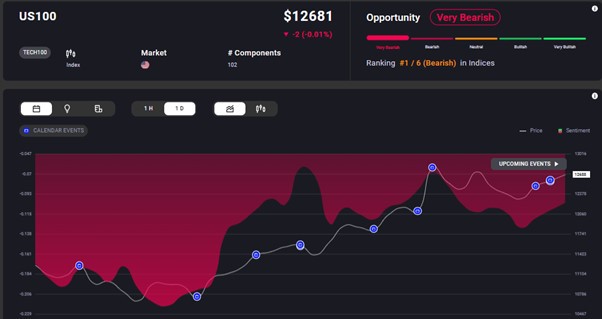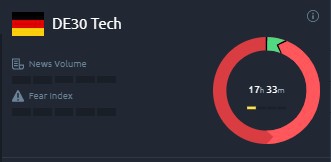Technology sector layoffs grabbed the headlines through the final quarter of 2022 and have only gained pace in the new year. So far 344 tech companies have laid off over 100,000 employees in 2023. Google leads the pack, with planned layoffs of 12,000 employees, representing 6% of its global workforce. Following in Google’s footsteps are other tech giants like Meta Platforms, Amazon, and Microsoft. Layoffs are often an early signal of an impending economic downturn, with companies responding to the potential dwindling of revenues and earnings.
The World Economic Outlook Update published in January projects 2.9% global economic growth in 2023, marking a steep reduction from its 3.4% forecast in 2022, and from the 6% posted in 2021. Headwinds like the Russia-Ukraine conflict and the fight against inflation are likely to persist and weigh down on growth prospects. Despite this, we might avoid a recession this year, with advanced economies still projected to grow at 1.2% in 2023. But do the Silicon Valley CEOs anticipate worse, and should we take the tech layoffs as a signal of further distress?
Meteoric Ascent in Tech Employment
The US tech industry is the largest in the world and makes up over 10% of the nation’s economy. The fast-growing global tech sector contributes over 10% to the global GDP. It has become increasingly harder to define what a tech company is. For example, EV makers like Tesla and fitness equipment manufacturers like Peloton are now considered tech companies.
The US tech industry added more than 1.3 million workers in the 5 years leading to the pandemic. Even a pandemic wasn’t enough to stop the progress of tech giants. Faster-than-expected vaccine rollout and record levels of fiscal and monetary stimuli inspired tech companies to hire in a spree likened to the 1990s. Amazon, for example, doubled its workforce during the pandemic. The period also inspired retail traders and investors to flood into tech stocks like Netflix and Tesla, which spiked with little earnings to show for it.
Declining demand in 2022 didn’t discourage tech companies, which added 178,000 net new jobs, according to CompTIA estimates. So, even though the massive layoffs have triggered widespread concern, the ground reality is that the big 5 (Google, Apple, Amazon, Meta Platforms and Microsoft) have larger workforces than they had before the pandemic.
Pandemic Bets Playing Out
The pandemic did accelerate tech adoption, and companies made huge investments to reap the benefits. Peloton, for example, doubled its headcount in the first year of the pandemic. Meta Platforms bet on sustained interest in virtual worlds, by earmarking $10 billion for its Metaverse division. Salesforce expected the era of remote work to persist and acquired Slack for $27 billion. Significant tech investments were made by Coinbase and Crypto.com.
These bets were likely overplayed in hindsight. As the global economy reopened and office-based work resumed, consumers were less likely to buy a home gym, pay for an additional streaming account, and spend time in a virtual world. So, Peloton had to lay off 3,800 employees in October 2022, Meta Platforms 11,000 (representing 13% of its workforce) in November, and Salesforce 8,000 (10% of its workforce) in January.
Although the sentiment for tech majors is overly negative right now, as can be seen on Acuity’s AssetIQ widget, there is reason to be hopeful.
Where Do We Go from Here?
The layoffs may be worrisome but there is a silver lining. Firstly, the outsized pandemic bets have already played out. Tech giants are now focusing on rightsizing their teams. Investors should be pleased with the efforts of tech majors to reign in their large spending and make investments more aligned with their revenue projections. The Nasdaq 100 index has recovered from its December slump and is up around 18% year to date.
Cost-cutting efforts, including layoffs, and a correction in earlier overinvestment make the tech behemoths leaner and more resilient to face any challenges this year may bring. So, the tech layoffs should not serve as a leading indicator of a worse-than-expected global economic slowdown. Instead, layoffs can be perceived as a lagging indicator of the ongoing slump in growth and a correction in the enthusiasm around tech firms.
Investors will focus on firms that have adjusted their cost structure and have sufficient revenue prospects to justify their price multiples. There is a risk, however, that the layoffs prove insufficient to significantly change the cost structure of the largest companies. It won’t be a surprise to see further layoff announcements as the year unfolds.

